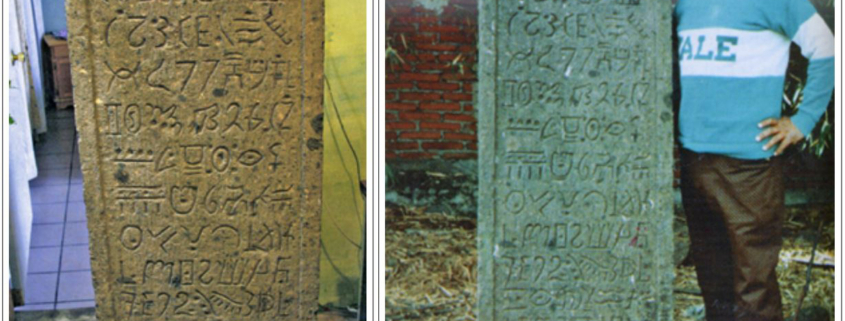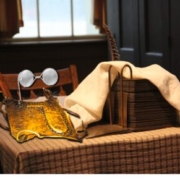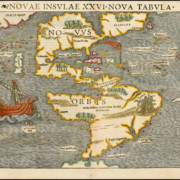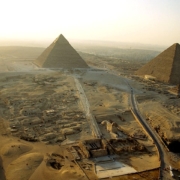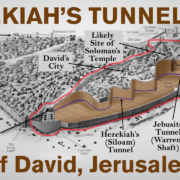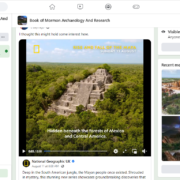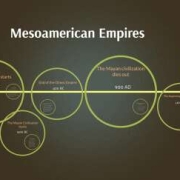The Xochicalco Stela, Padilla Plates & Reformed Egyptian in Archaeological Findings
Is there any evidence that supports the statements both in the Book of Mormon and by the Prophet Joseph Smith that these ancient Book of Mormon people wrote in the above-copied characters, called by the Nephites, “reformed Egyptian”?
Over 120 years later, these Archaeological discoveries provides evidence that yes indeed, these ancient people did write in the same characters as copied by Joseph Smith off of the Book of Mormon plates.
.
The Guerrero ‘Lock’
A stone called the “lock” was found “…in the late 1950’s … in an ‘unofficial’ excavation of a tomb…” “in a cave, where it marked a grave”, southwest (northwest?) of the Rio Verde, in the area of San Pedro Amuzgos, where it borders on the state of Guerrero, Mexico. (Jerry L. Ainsworth, The Lives & travels of Mormon & Moroni, by p. 22-23, & 25)

Xochicalco Stela
Another example of this ancient writing is found in the Xochicalco Stela (or Stele), reportedly found near the Mesoamerican site of Xochicalco, located just southwest of Cuernavaca and the Balsas Basin in the state of Morelos. The Stela is inscribed on two sides. One side is a well attested Olmeca-Xicalanca/ Mayan art motif similar to other art motifs at Xochicalco and Cacaxtla which are both thought to be 6th-9th Olmeca-Xicalanca trade cities or outposts near the Mexican Highland.
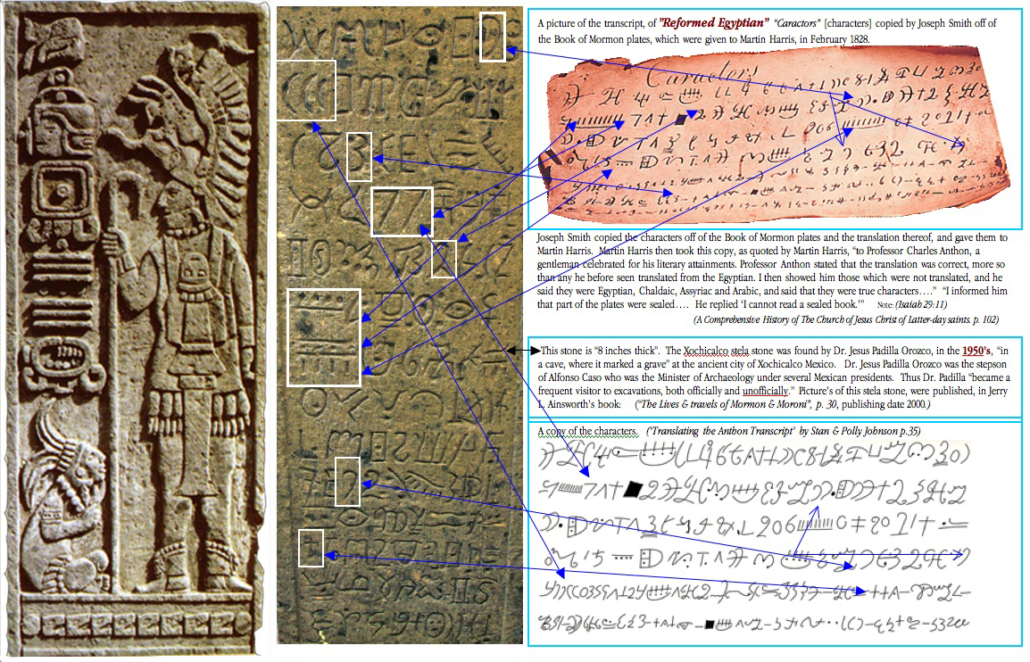
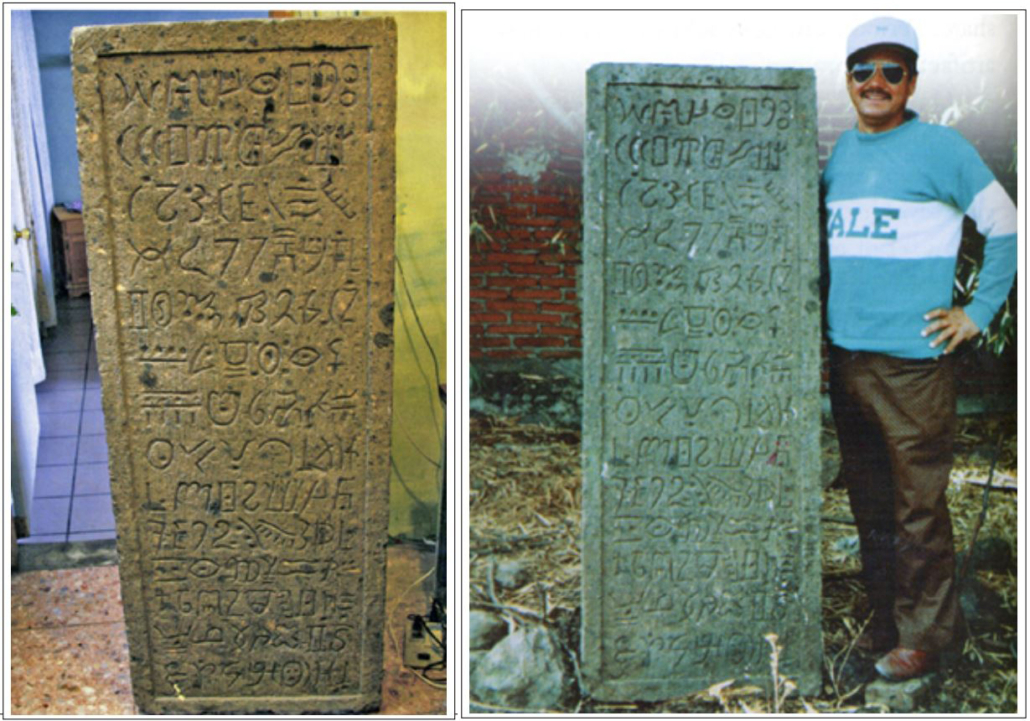
Other stelas taken from Xochicalco (currently housed in front of the Museum). These stelae are evidence of Teotihuacano and Zapotec influence and were found within the private temple that sits on top of the Pyramid of the Stelae. The stelae were uncovered during excavations in 1960-61 and had were painted red, deliberately broken and buried at the centre of the temple in antiquity – an act that is thought to represent the killing of the statues. They are listed as Stelae 1, 2 and 3 and are now housed at the Museo Nacional de Antropologia in Mexico City. The first Stelae is believed to tell the story of Quetzalcoatl’s transfiguration into the Morning Star, followed by his journey across the sky to visit the Pyramid of the Plumed Serpent, which is pictured on the back, followed by his descent into the underworld – it is principally the story of the 260 day transit of Venus across the celestial sphere as the Morning Star
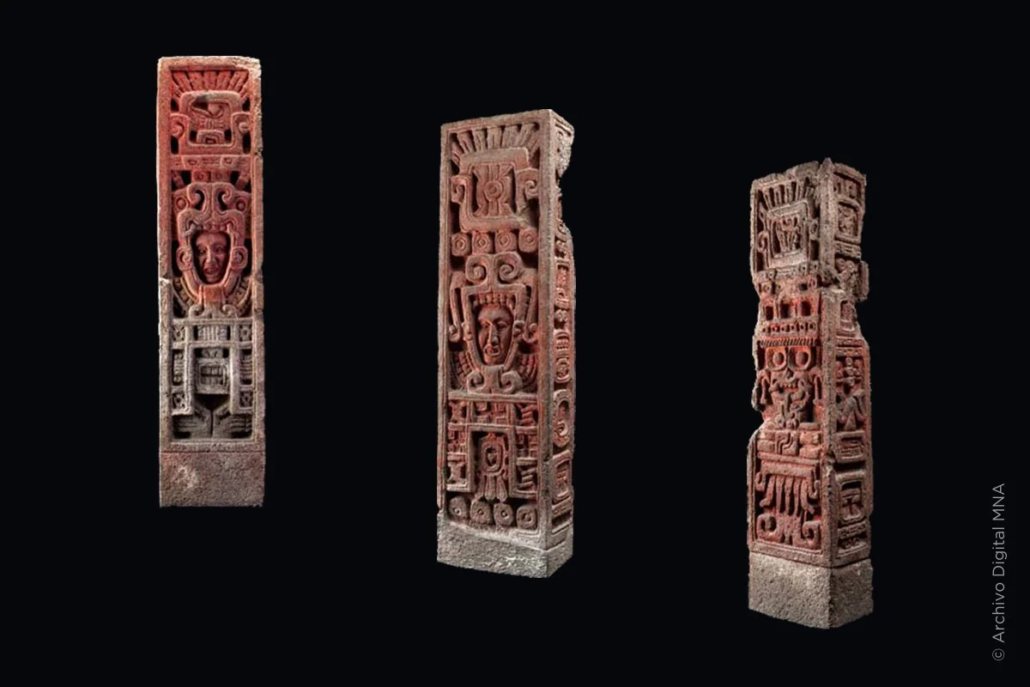
Certain elements in the second of the Stelea closely resemble the stelae of Quirigua, a town situated on the south-eastern border of Mesoamerica. There, a pair of stelae erected in the 8th century combine with a zoomorphic altar to tell the story of creation and the binding of three stones at the beginning of the Mayan fourth-sun. See more information on these Stelae and their resemblance to Quirigua in this article.
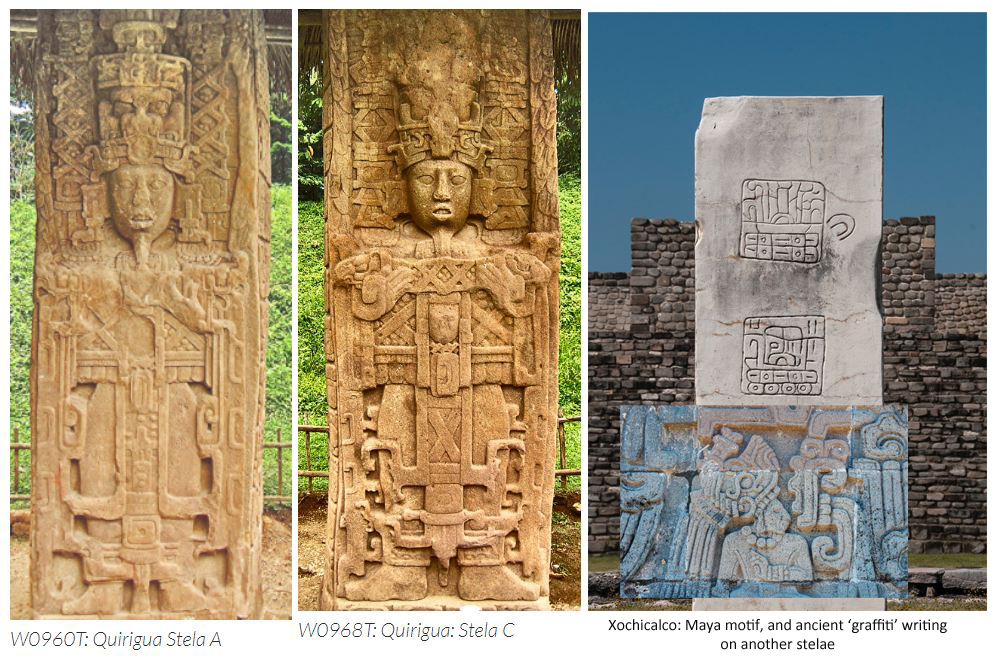
The Padilla Plates
The ‘Padilla plates’, which have been dismissed as forgeries by many LDS academics on account of metallurgical analysis and ‘incomplete’ iconography or copying of the Mayan artwork they portray, are another example of possible usage of Reformed Egyptian in archaeological artifacts. They were reportedly found in a tomb in Guerrero Mexico which was excavated by Dr Jesus Padilla Orozco and his companions sometime between 1952 and 1956. Dr. Padilla now a physician in Mexico claims that many other gold objects were found and distributed tri among other men participating in the tomb excavation but he chose to take the plates because the writing on them interested him the original Padilla collection consisted of twelve plates five of which were turned over to Jose Davila and seven were retained by Dr. Padilla.
In January 1971 Dr. Padilla brought the plates to be studied along with other artifacts reportedly taken from the Guerrero tomb these consisted of numerous small objects including an array of jade beads shaped like calabashes short tubes and round forms all drilled for stringing also found were carved shell stone receptacles carved obsidian and jade earspools earspools jade labrets ornaments worn in a perforation in the lip monochrome pottery with cascabel supports slit type bell like openings projectile points miniature pottery vessels and copper bells all of which appeared to be of late date for Mesoamerica America absent from the collection were polychrome pottery vessels which may have been sold the assemblage in general is of the post classic period AD 900 1200 and strongly supports Padilla’s claim that the material was taken from a tomb in Guerrero the only objects conspicuously different from those normally found in tombs in the area are the gold plates
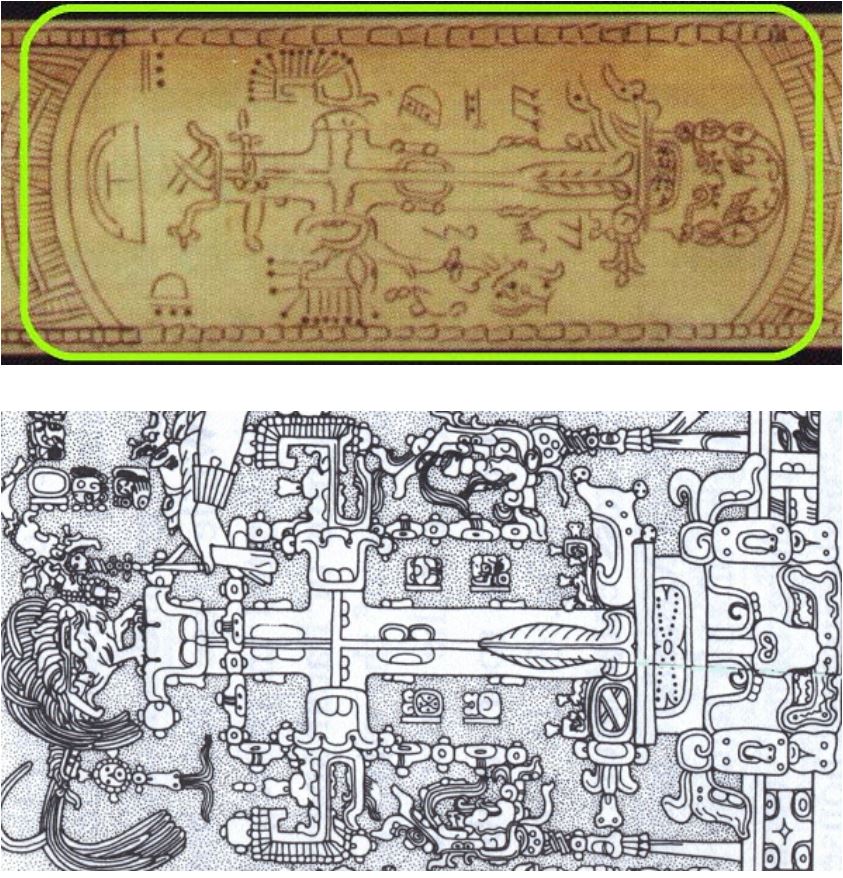
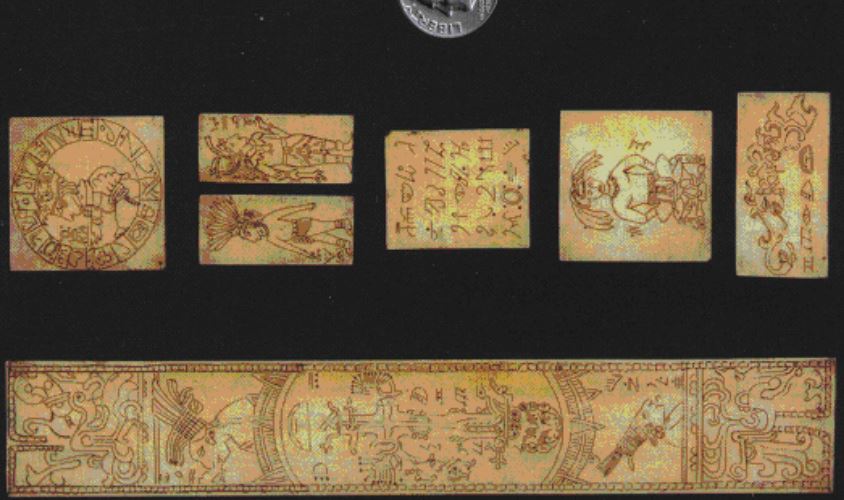
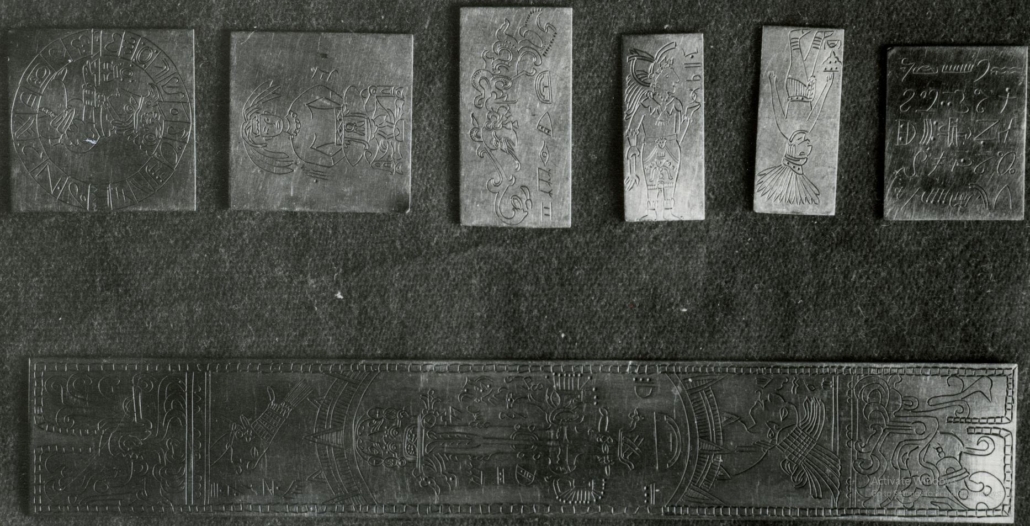
Less controversial matches for characters from the Book of Mormon plates exist in many locations and can be found in …
An example of ‘plate’-like artifact similiar to that of the Padilla a plates was found in a tomb in Oaxaca. In order to truly test the Padilla plates for authenticity, they need to be compared to the metallurgy and cutting work of legitimate artifacts such as this found in Monte Alban.
.


